Choosing the right tree for your Landscape Project starts with asking the right questions. What kind of sunlight does your planting area receive? How much space is available—both above and around the spot? What type of soil are you working with, and which trees thrive in your local climate zone?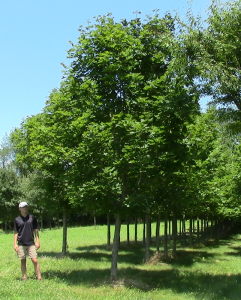
Beyond site conditions, it’s also important to think about what you want your tree to provide. Are you looking for fast shade, seasonal color, long-term durability, or added habitat value?
Understanding these factors can help narrow your options and guide you toward trees that will grow well and serve your goals.
In the sections that follow, we’ll walk you through key considerations—from evaluating your planting site to identifying popular, proven choices. You’ll also find simple planting tips and ongoing care practices to support long-term success.
Ready to get started? Let’s take a closer look at what matters most when selecting a tree.
Assess Your Site Conditions
The following 4 considerations should be taken into account when choosing the right tree before you fall in love with a tree’s form or foliage. Getting to know the basics of the planting location is paramount to the success of the Right Tree for Your Landscape Project.
- Sun Exposure: Is the area in full sun, part shade, or mostly shady? While many shade trees tolerate full sun, some (like red maples) prefer at least a few hours of direct light each day.
- Soil Type: Sandy, loamy, or clay? Well-draining loam is ideal for most trees, but if your soil leans heavily to clay or sand, choose species known to adapt—like oak (for clay) or Kentucky coffeetree (for sand).
- Available Space: Measure both overhead clearance (under power lines or eaves) and width. A mature canopy spread of 30–50 feet is common for large shade trees—so be sure you have room!
- Climate Zone: Check your USDA hardiness zone. Native trees not only thrive in local temperature ranges but also support wildlife and demand less maintenance.
Match Tree Characteristics to Your Project Needs
When choosing the right tree, different trees offer unique benefits. Here is a chart to help with important questions:

Top Picks for Homeowners when Choosing the Right Tree
Here are three versatile, attractive shade-tree favorites.
When it comes to choosing a shade tree that delivers both beauty and resilience, a few timeless options rise to the top. Whether you’re looking to create a cooling canopy with a big tree, support local wildlife, or simply add standout foliage to your landscape, the right tree can make all the difference. Below, we highlight three versatile favorites—each with its own unique appeal. From the stately and ecologically rich White Oak to the light-filtering Honey Locust and the striking, low-maintenance Ginkgo, these shade trees offer lasting value for a wide range of environments.
White Oak (Quercus alba)
Mature Size: 80–100 ft tall; 60–80 ft spread
Highlights: Long-lived, deep lobed leaves, supports hundreds of insect and bird species
Honey Locust (Gleditsia triacanthos var. inermis)
Mature Size: 30–70 ft tall; 30–60 ft spread
Highlights: Light, dappled shade; tolerant of city conditions and poor soils
Ginkgo (Ginkgo biloba)
Mature Size: 50–80 ft tall; 30–40 ft spread
Highlights: Unique fan-shaped leaves, stunning golden fall color, extremely disease resistant
Planting & Early Care Tips
Giving your new tree a strong start sets the stage for decades of healthy growth. Proper planting and early care practices are essential for helping roots establish, trunks strengthen, and canopies develop naturally. From digging the right hole to knowing when—and how—to prune, a few simple steps can make a big difference. Follow these foundational tips to ensure your tree not only survives but thrives in its new home.
- Dig the Right Hole:
Make it as deep as the root ball and twice as wide. This encourages roots to spread into native soil.
- Backfill Gently:
Mix native soil with a bit of compost, but avoid heavy mulch piles at the trunk (“volcano mulching”).
- Stake If Necessary:
Young trees may need staking in windy sites—remove ties after the first year to allow natural movement and trunk strengthening.
- Water Consistently:
During the first two growing seasons, aim for 1 inch of water per week (from rain or irrigation). Soaker hoses or drip irrigation work best.
- Prune Thoughtfully:
Remove dead or crossing branches in late winter or early spring. Avoid heavy pruning; let the tree establish a natural form.
Long-Term Maintenance
Caring for your tree doesn’t stop after it’s established—long-term maintenance is key to ensuring lasting health and beauty. Even mature shade trees benefit from occasional deep watering during prolonged dry periods, helping them stay resilient through stress. Keep an eye out for early signs of pests or disease, such as leaf spots, cankers, or borer activity, as prompt treatment can prevent serious damage. Finally, refreshing mulch each year with a 2–3 inch layer of shredded bark or hardwood helps conserve soil moisture, suppress weeds, and protect the root zone—keeping your tree strong for seasons to come.
By matching your property’s conditions with the right species, and giving your new tree attentive care when choosing the right tree, you’ll enjoy years of cool shade, wildlife visits, and seasonal beauty. Ready to explore our current shade-tree inventory? Stop by Country Springs Wholesale Nursery and pick the perfect one for your home!
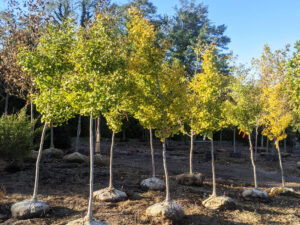 brought there by people. They are species that have adapted over time to the local climate, soil, and wildlife. These trees play an important role in supporting the natural balance of that area.
brought there by people. They are species that have adapted over time to the local climate, soil, and wildlife. These trees play an important role in supporting the natural balance of that area.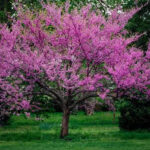
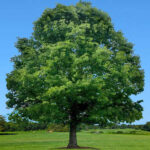
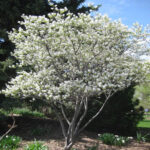
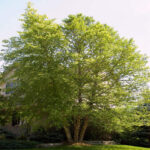
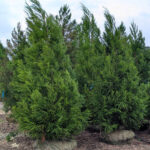
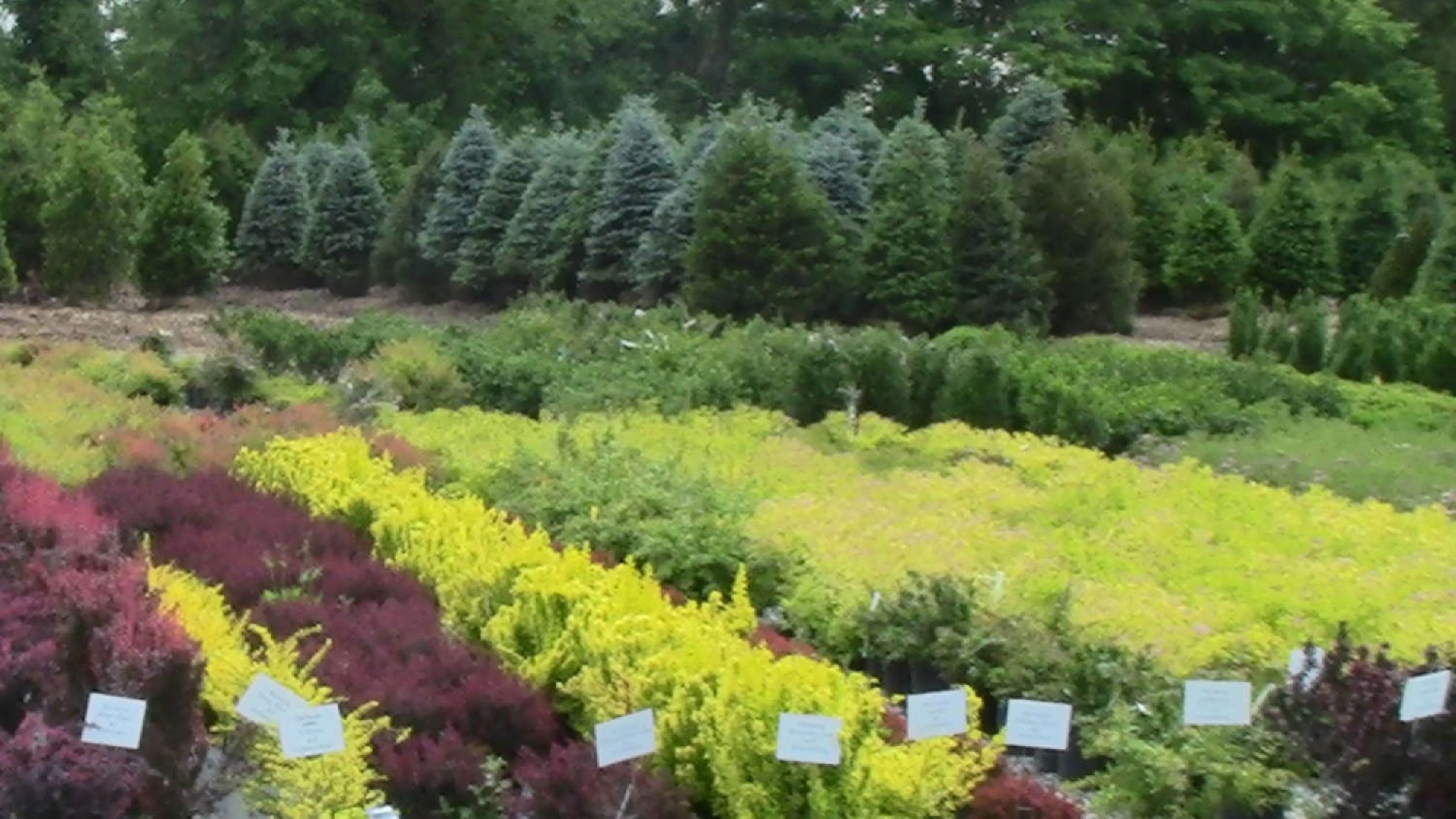

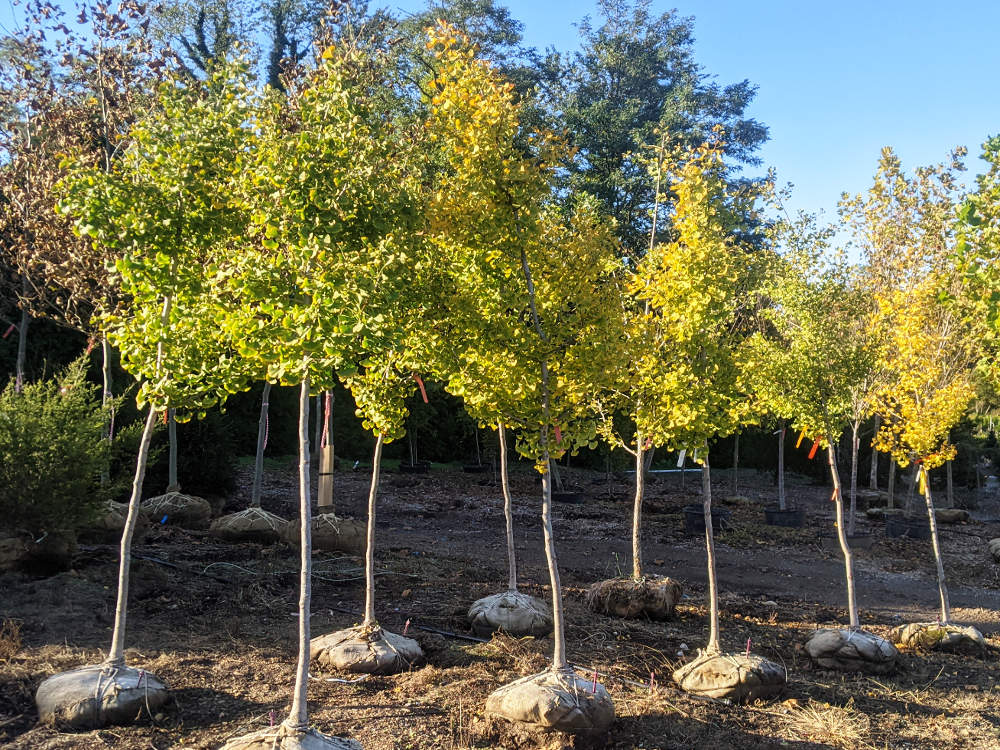
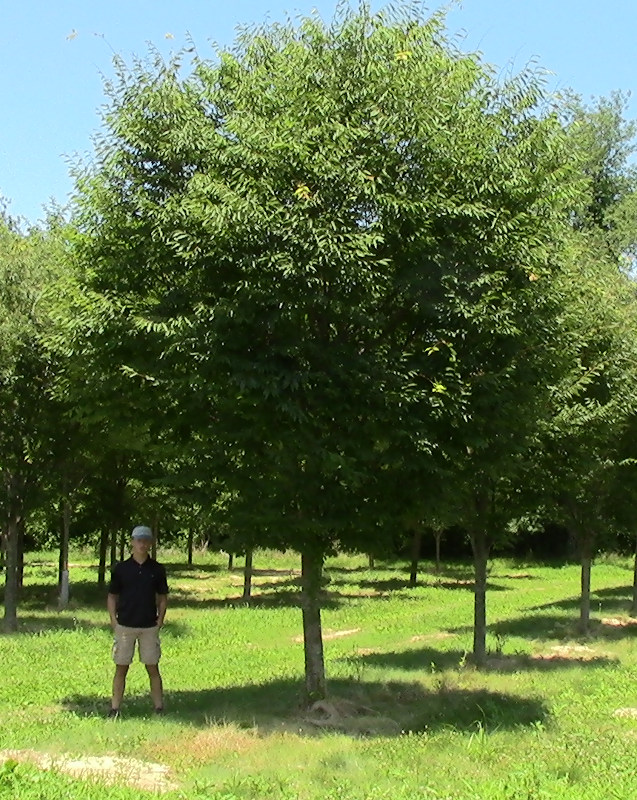


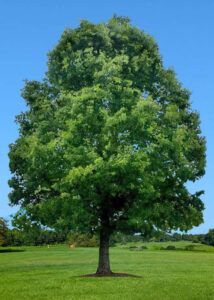
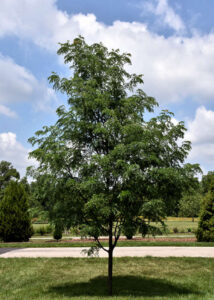
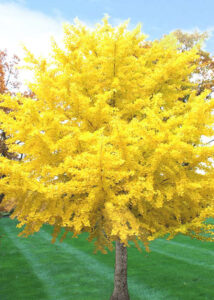
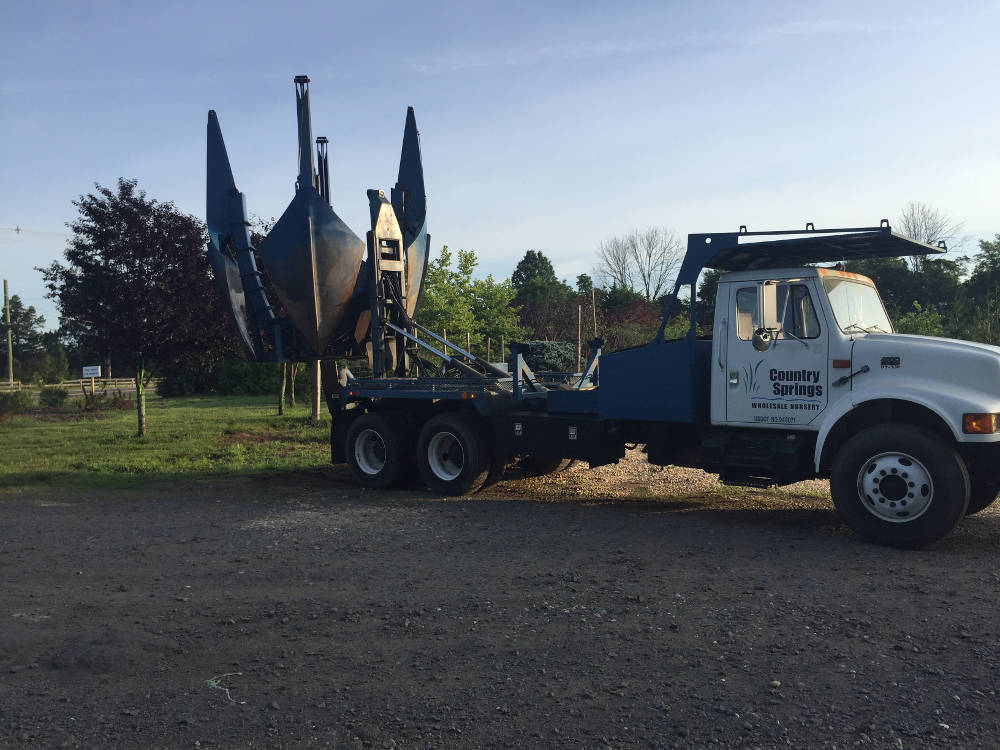
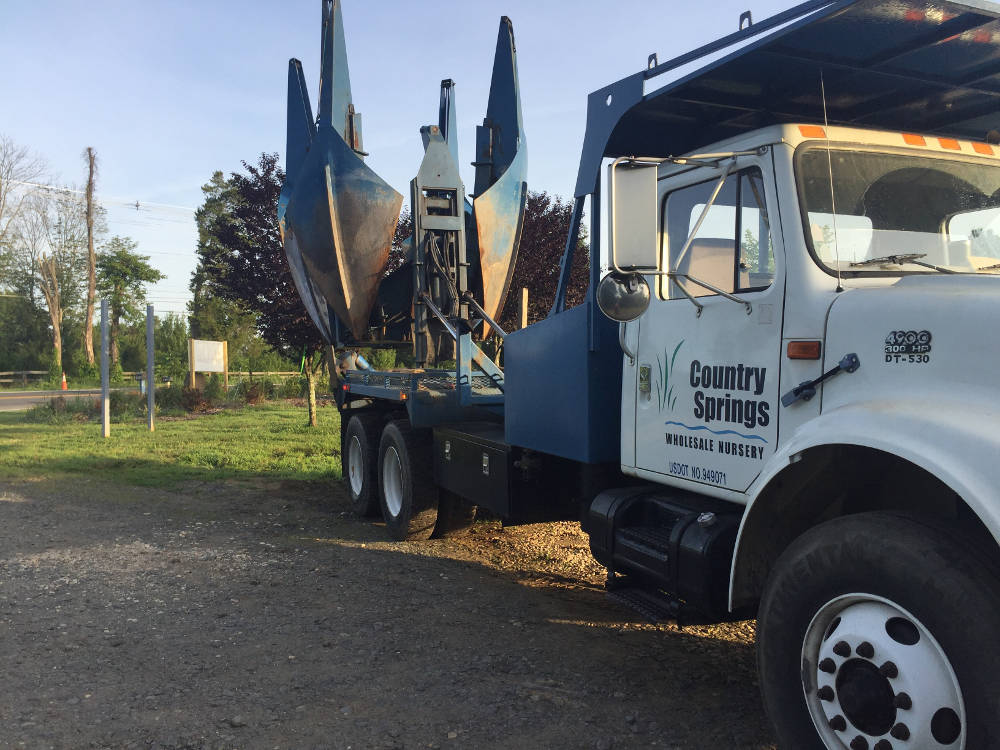
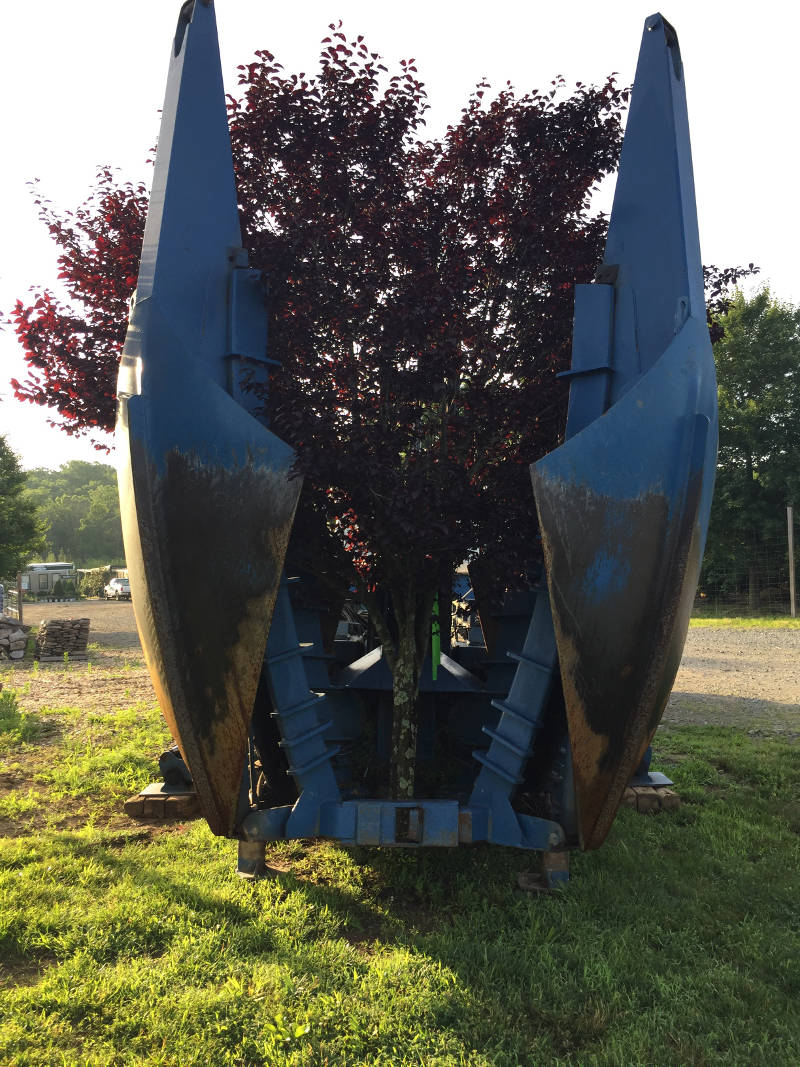
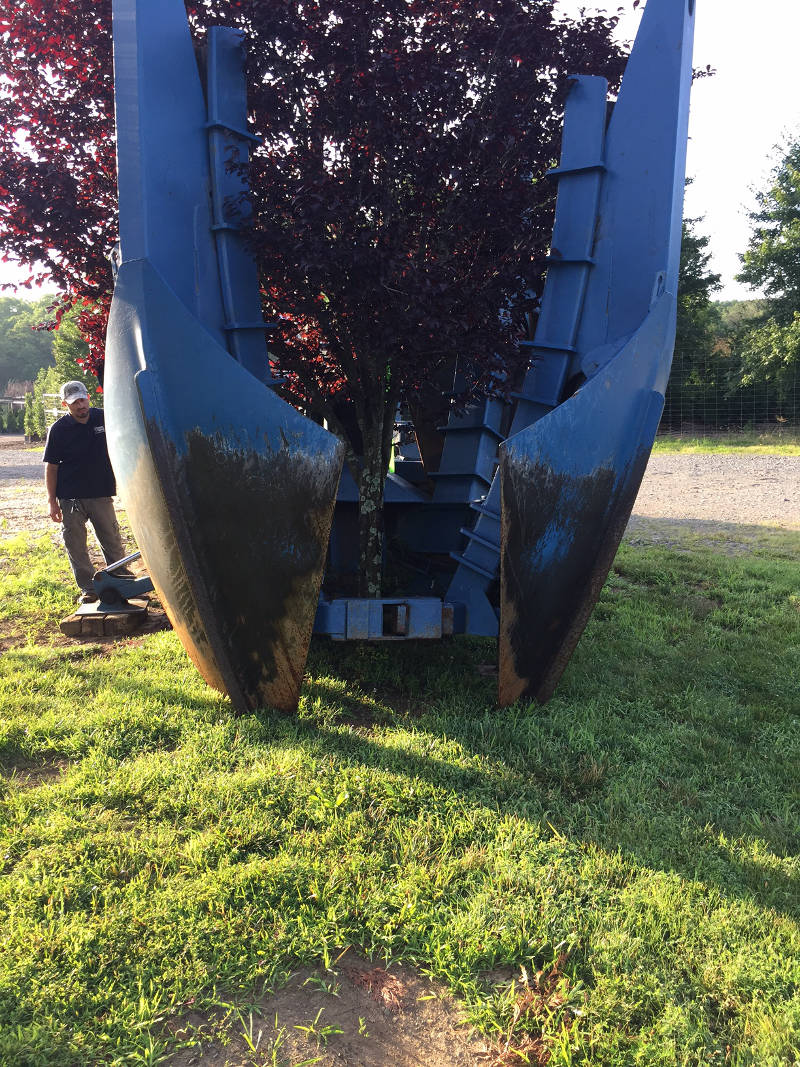
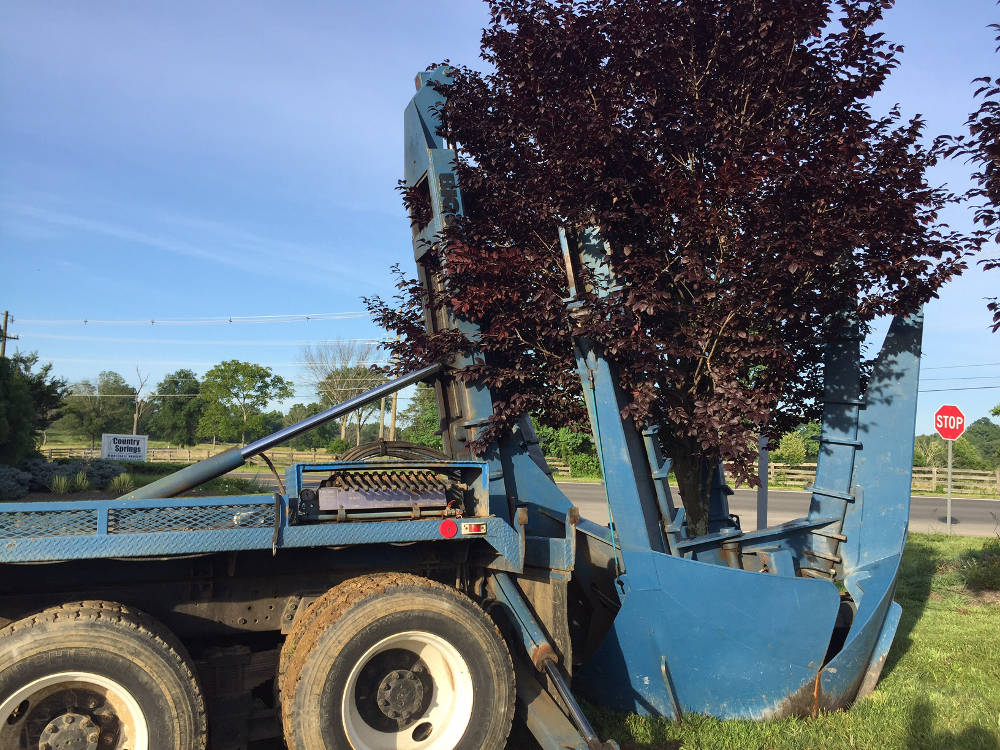
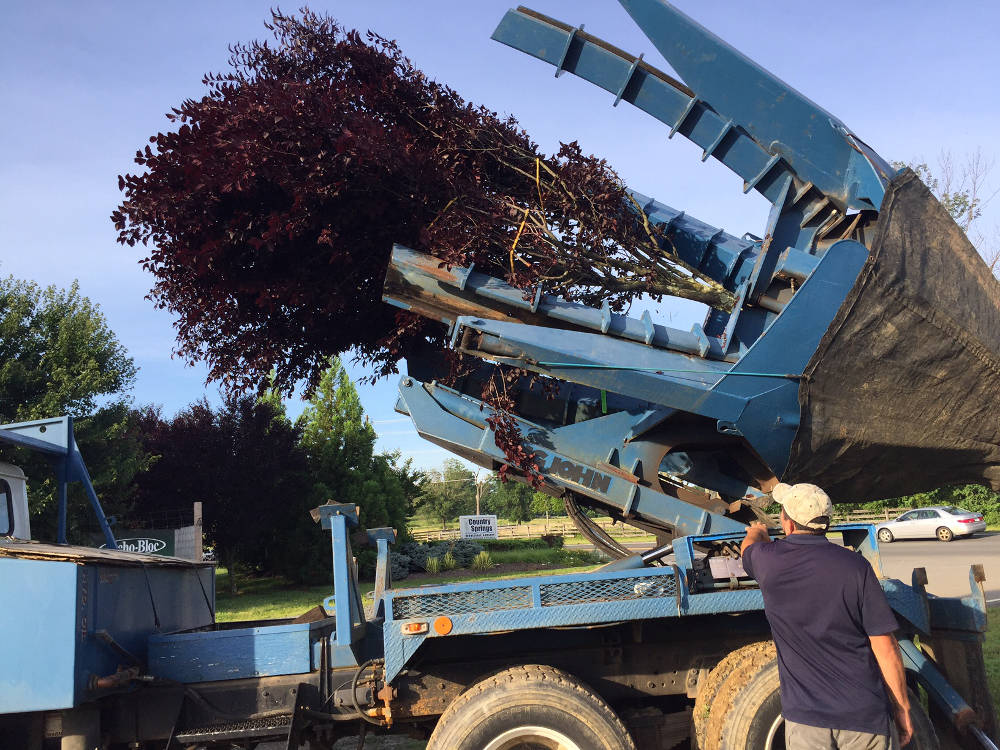
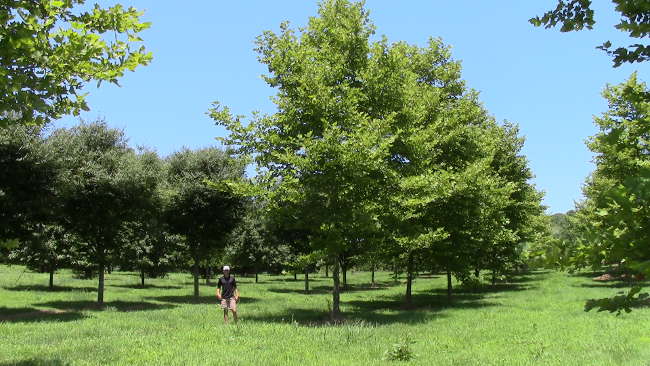
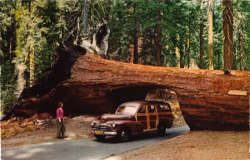 Since their discovery during the Gold Rush in the middle of the 19th century, big tree finds have spread throughout the world, particularly in the US and Europe, but also in Australia, New Zealand, Asia, Africa and South America.
Since their discovery during the Gold Rush in the middle of the 19th century, big tree finds have spread throughout the world, particularly in the US and Europe, but also in Australia, New Zealand, Asia, Africa and South America.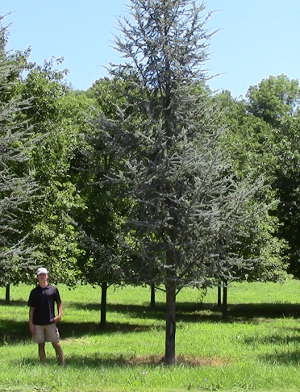 the fastest method for big tree landscaping. A big tree nursery raises strong and healthy large trees for transplanting.
the fastest method for big tree landscaping. A big tree nursery raises strong and healthy large trees for transplanting.